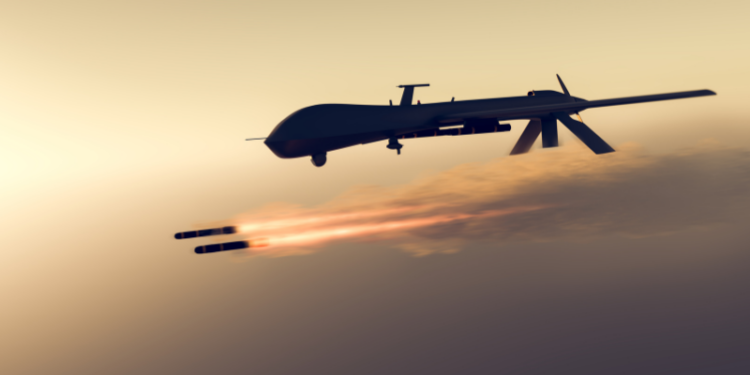On Thursday, November 21st, Russian President Vladimir Putin announced the successful use of a new intermediate-range ballistic missile, dubbed “Oreshnik,” during an attack on Ukraine. The missile, capable of traveling at speeds of Mach 10, struck a military-industrial facility in Dnipro. Putin described the weapon as impervious to existing Western air defense systems, marking a significant escalation in Russia’s military capabilities amid rising tensions with NATO.
The Oreshnik missile was developed as a countermeasure to the United States deployment of similar weapons in Europe. According to the Russian government, the missile’s speed and ability to release multiple warheads make it exceptionally difficult to intercept. Western analysts have confirmed its advanced capabilities, with military experts noting its potential to overwhelm even advanced systems like the U.S. Patriot. This marks the first combat use of such a missile, signaling a new phase in the conflict.
Putin framed the missile strike as a direct response to recent Ukrainian attacks on Russian facilities using U.S. and British-supplied long-range weaponry. He warned NATO of Russia’s willingness to expand its use of such missiles if the alliance continues to support Ukraine militarily. “We believe that we have the right to use our weapons against facilities of nations enabling aggression against us,” Putin said, emphasizing a “resolute” response to perceived provocations.
The announcement has drawn strong international reactions. Ukrainian President Volodymyr Zelensky condemned the missile strike as a demonstration of Moscow’s disregard for human life and international law. Western officials expressed concern over Russia’s escalation, with United Kingdom Defense Secretary John Healey describing the situation as a “serious moment” in the conflict. U.S. officials revealed that Russia possesses only a limited number of these experimental missiles, minimizing the immediate threat of large-scale deployment.
This development further strains NATO-Russia relations as the conflict shows no signs of de-escalation. Analysts suggest the missile’s introduction underscores Moscow’s intent to assert dominance in the ongoing arms race. With its unprecedented speed and versatility, the Oreshnik missile delivers a stark warning to NATO, challenging the West to rethink its strategy in supporting Ukraine.
As the war enters a critical phase, Putin’s rhetoric and military actions signal an increasingly aggressive posture. The use of this new weapon raises questions about the trajectory of the conflict and the potential for broader global implications.









